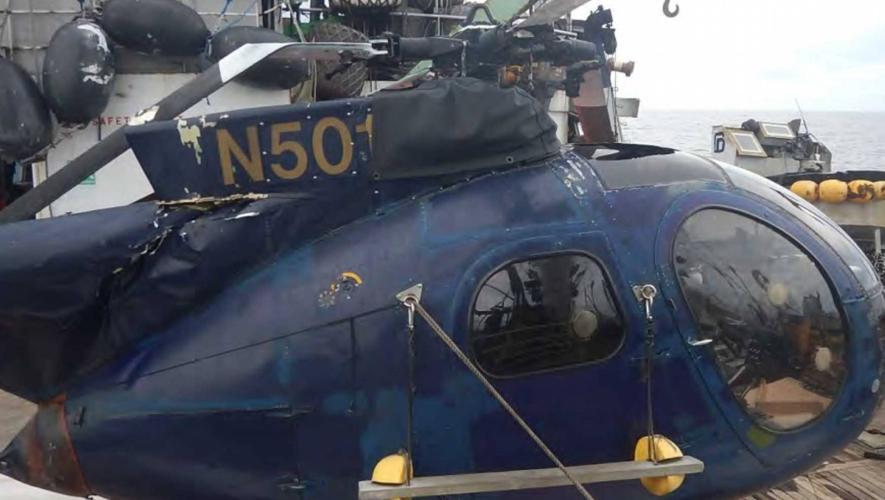MD Helicopters Explorer Models 900 and 902 are the subject of an FAA Emergency Airworthiness Directive (2008-22-53) following several recent reports of loss of yaw control in the no-tail rotor (Notar) helicopters. The latest incidents occurred in October, both apparently caused by the separation of the vertical control rod from the actuator. In forward flight, the vertical stabilizers provide the majority of anti-torque on Notar helicopters; however, directional control still comes for the jet thruster mounted on the end of the boom.
On October 8, N902RN, registered to California Shock Trauma Air Rescue, experienced a violent yaw to the left near Weatherford, Texas. The autopilot was engaged and the helicopter was in cruise flight. The pilot regained directional control and landed at Grand Prairie.
On October 20, N902NM, registered to Covenant Health System of Lubbock, Texas, and operated by Air Care, also experienced a violent yaw, this one to the right, while in cruise flight. The yaw was accompanied by a pitch up and down. The pilot regained control and returned to Lubbock.
Both flights were being operated under Part 91 and there were no injuries reported.
Additional incidents of failed adapter tubes and uncommanded yaw have occurred. One was so violent that it caused a window and a door to separate from the helicopter.
MD is blaming the problem on non-conforming control rod tube adapters from a supplier and is working to make replacements available. This is the second time MD has attempted to correct the problem, with two of the first batch of replacement adapter tubes previously failing in flight. Stronger tube adapters with a new part number are in the FAA approval process and owners will be notified via Service Bulletin when they become available.
In the interim, all MD 900s are restricted to 100 kias or Vne (whichever is less), VMC flight only, and flight only with the autopilot turned off and both vertical stabilizer control system (VSCS) switches turned on. In the event of anti-torque malfunction, the VSCS is to be turned off on final approach to a run-on landing.







